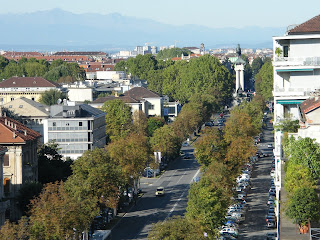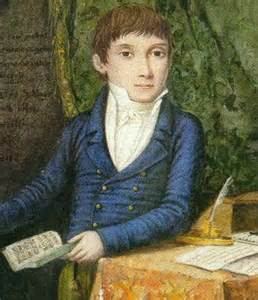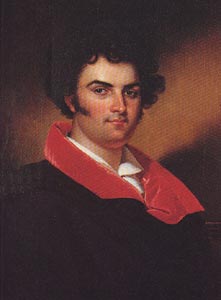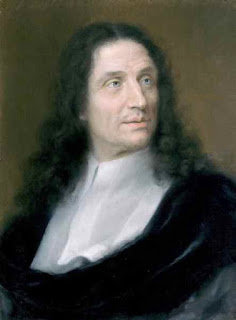Celebrated writer killed in fall in Turin
 |
| Primo Levi: a photograph taken in about 1950 |
A chemist by profession, Levi died in the same building in which he was born in July 1919, in Corso Re Umberto in the Crocetta district of the northern Italian city. Apart from his periods of incarceration, he lived in the same apartment, a gift from his father to his mother, almost all his life.
His death was officially recorded as suicide, the verdict supported by his son's statement that his father had suffered from depression in the months leading to his death. He had undergone surgery for a prostate condition and was worried about the failing health of his 92-year-old mother.
Some of his friends, however, doubted that he would have taken his own life and believed he had fallen accidentally. They argued that while other survivors never recovered from the mental scarring, Levi had emerged with "soul and psyche intact" and retained a hopeful and positive outlook.
Many of Levi's books were autobiographical and drew upon the atrocities he witnessed in the notorious concentration camp, where he was spared death because his chemistry skills were useful to the Nazis. His first book, If This Is a Man, which described daily life in the death camps in harrowing detail, was published in 1947.
Sometimes known by another title, Survival in Auschwitz, If This Is a Man was the first volume of an autobiographical trilogy which was followed 16 years later by The Truce and 12 years after that by The Periodic Table.
The latter was hailed as his greatest work, an account of his life from his childhood to his postwar employment as an industrial chemist, each story bearing the name of a chemical element to which he felt each episode was symbolically connected.
Primo Levi was a descendant of Jews who had settled in Piedmont after being expelled from Spain. He studied chemistry at the University of Turin, managing to remain there despite the Mussolini regime imposing a ban on Jews from institutes of higher education and graduated in 1941.
He found work in Turin by giving a false identity but as the city became more dangerous he left to Milan, where he was taken on by a Swiss-run pharmaceutical laboratory that was not subject to the new race laws, returning to Turin after Mussolini was deposed by King Umberto III in 1943.
 |
| A view of the Crocetta district, where Levi lived almost all his life in the same apartment. (Photo: Gianpiero Actis) |
Betrayed by a Fascist informer, he was soon captured, after which he was sent initially to an Italian prison camp near Modena and then shipped by train with hundreds of other Jews to Auschwitz.
Levi was given a job in a synthetic rubber factory at the Auschwitz complex. He was liberated by the Russian Red Army in January 1945, fate having probably saved his life a second time. Shortly before Russian troops arrived, the Germans had attempted to march the Auschwitz inmates to another location and many of them died en route. Levi was stricken with scarlet fever, however, and left behind.
It took him almost nine months to get back to Turin. He met his wife, Lucia - with whom he would have a son and a daughter - at a Jewish New Year party in 1946 and eventually settled into a job at a paint factory outside Turin. At first, the limited train service meant he had to stay in a dormitory at the factory during the week, returning to Corso Re Umberto only at weekends, but the time gave him the opportunity to write.
At the time of his death, the novelist Philip Roth said of Levi:
''With the moral stamina and intellectual poise of a 20th-century titan, this slightly built, dutiful, unassuming chemist set out systematically to remember the German hell on earth, steadfastly to think it through, and then to render it comprehensible in lucid, unpretentious prose. He was profoundly in touch with the minutest workings of the most endearing human events and with the most contemptible.''
Travel tip:
The paint factory in Settimo Torinese where Levi worked from 1947 to 1975 was abandoned in the 1990s but reopened in 2014 as a museum and cultural center for Holocaust memory. It includes an exhibition prepared by the Holocaust Memorial Museum at Auschwitz and an exhibit on Levi’s life located in the office he used when he worked as the plant manager.
 |
| A typical house in the Crocetta district |
The Crocetta district of Turin, through which Corso Re Umberto runs from north to south as one of the main thoroughfares, is located just to the south of the historic city centre and is considered one of the most prestigious residential areas in the city. It is famous for a large outdoor market that is held every day and is notable for many good restaurants.
More reading:
Home

















